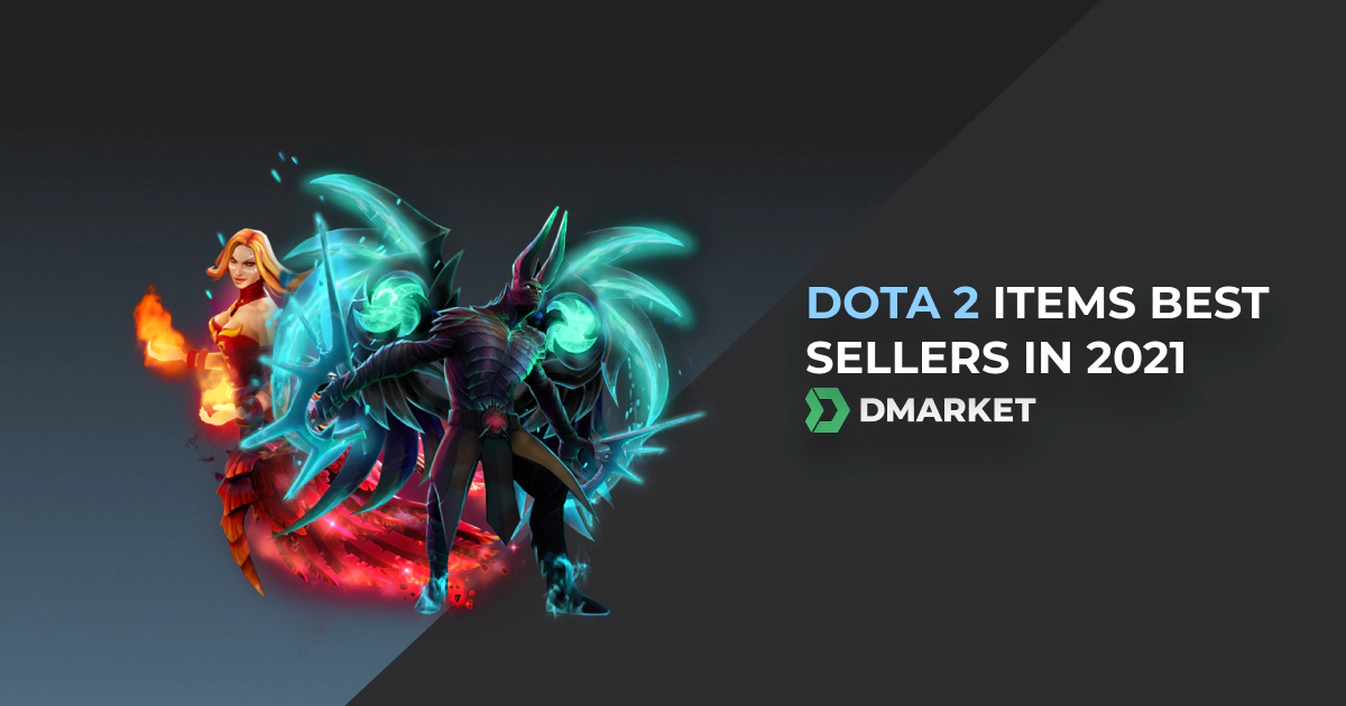Shop At Haya: Your Ultimate Shopping Guide
Discover the best shopping tips, trends, and deals for a smarter buying experience.
Skinflation: How Trading Dota 2 Cosmetics Became a Market of Its Own
Discover how Dota 2 skin trading created an explosive market. Uncover the secrets of skinflation and its impact on gamers and investors!
The Rise of Skinflation: Understanding the Dota 2 Cosmetic Market
The term skinflation has recently gained traction within the Dota 2 community, highlighting the escalating prices of cosmetic items in the game's marketplace. As players continue to invest in enhancing their gaming experience, the demand for rare and unique skins has surged, leading to significant price increases. This phenomenon can be attributed to a variety of factors, including the ongoing popularity of Dota 2, limited-time events that release exclusive skins, and the growing trend of players viewing cosmetic items as a form of investment. The consequences of skinflation impact both new and veteran players, as entering the market for coveted designs becomes increasingly costly.
To understand the mechanics of Dota 2’s cosmetic economy, it is essential to explore the role of community engagement and third-party trading platforms. Players are often drawn to rare skins due to their perceived value and aesthetic appeal, leading to inflated demand. Skinflation therefore not only reflects monetary trends but also the cultural significance attached to in-game customization. As the market evolves, many players are now strategizing on when to buy or sell their cosmetic items, hoping to capitalize on fluctuating market conditions. In this intricate ecosystem, understanding the patterns of skinflation becomes crucial for anyone looking to navigate the vibrant world of Dota 2 cosmetics.

How Dota 2 Cosmetics Transformed into a Lucrative Trading Economy
The world of Dota 2 has not only redefined competitive gaming but has also ushered in a flourishing trading economy centered around cosmetics. Initially introduced as a means to personalize heroes and enhance gameplay experiences, Dota 2 cosmetics quickly evolved into highly sought-after digital collectibles. Rare items, such as Immortal skins and unique couriers, command sky-high prices on various marketplaces, creating an ecosystem where players can buy, sell, and trade these virtual treasures. This shift has transformed countless players from casual participants to savvy traders, seeking to capitalize on fluctuating market values and the allure of limited-time offerings.
The success of this trading economy is further fueled by the vibrant community surrounding Dota 2. Players not only collect cosmetics for personal flair but also engage in a dynamic economy reminiscent of real-world trading markets. Forums and social media platforms buzz with discussions about the value of specific items, crafting strategies for acquiring rare cosmetics, and sharing success stories of lucrative trades. This sense of community has solidified the role of Dota 2 cosmetics as not just a gameplay accessory, but as a significant investment opportunity, making the virtual landscape both competitive and rewarding for players worldwide.
What Drives the Value of Dota 2 Skins in Today's Market?
The value of Dota 2 skins in today's market is driven by a combination of factors that reflect both player demand and in-game rarity. One of the primary influences is the rarity of each skin, categorized into tiers ranging from common to legendary. Skins that are classified as rare or have limited availability tend to command higher prices, as players often seek unique items to express their individuality. Additionally, the age of a skin can affect its value; older skins that are no longer obtainable can become coveted collectibles, driving their market price upwards.
Another significant factor affecting the valuation of Dota 2 skins is the influence of community trends and events. Limited-time events often introduce exclusive skins, creating a surge in demand that can escalate prices dramatically during and shortly after the event. Furthermore, the popularity of specific heroes or skins can fluctuate based on gameplay changes and meta shifts, directly impacting player interest. Lastly, platforms for buying, selling, and trading these skins have made market dynamics more transparent, allowing savvy traders to capitalize on fluctuations, thereby affecting the overall value of skins in the market.